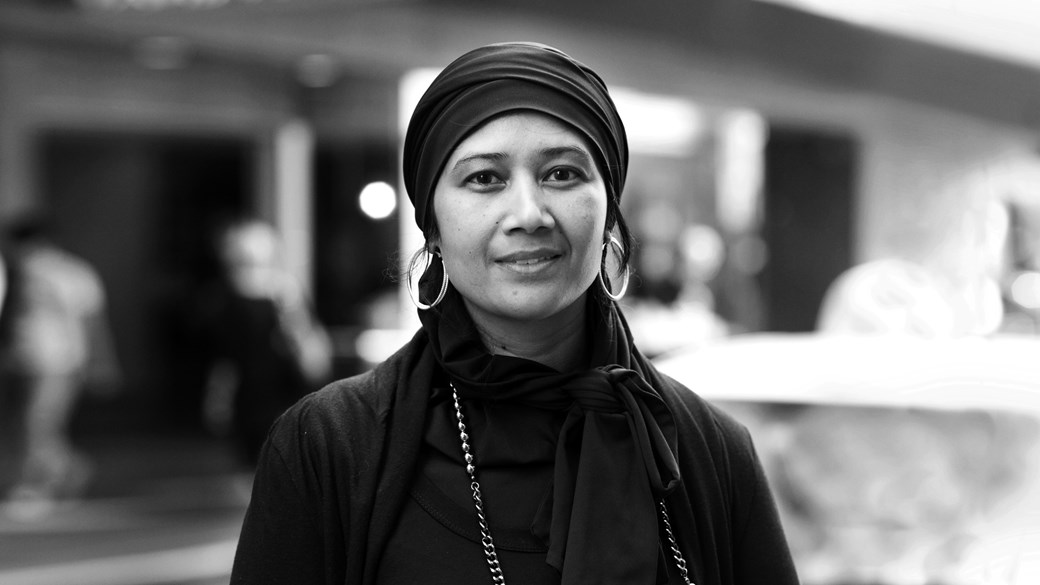
What does it mean to belong and not belong in Australia?
Through personal stories and compelling images, find connections with others and challenge the assumptions we make about each other every day.

Through personal stories and compelling images, find connections with others and challenge the assumptions we make about each other every day.
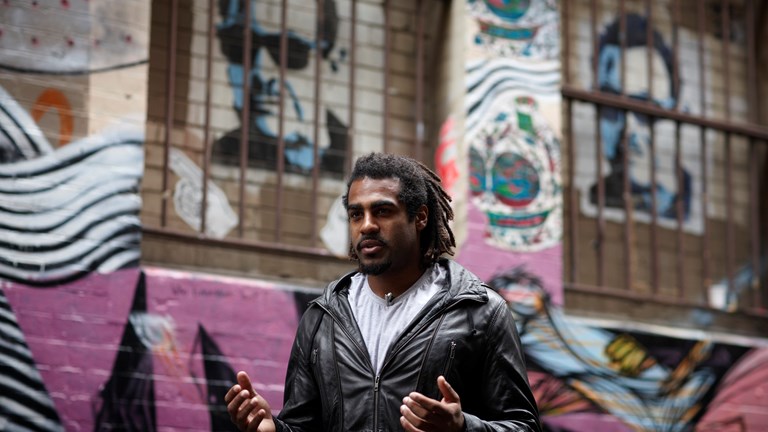
Can labels be helpful? Are they as accurate as we like to think? Do they mislead us?
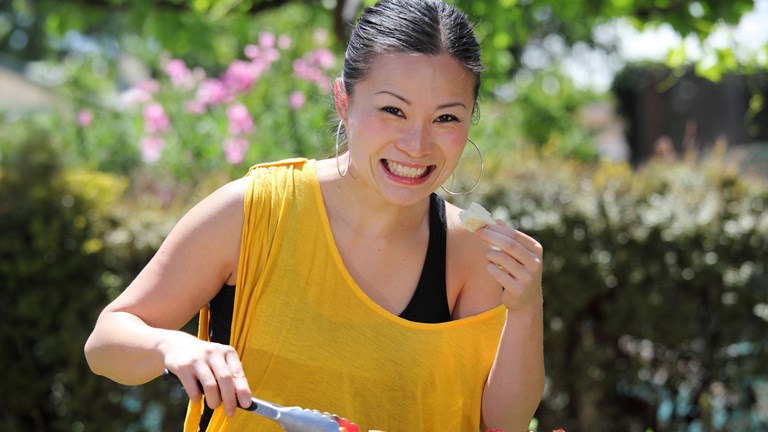
Why do we need to belong? Who do you belong with?
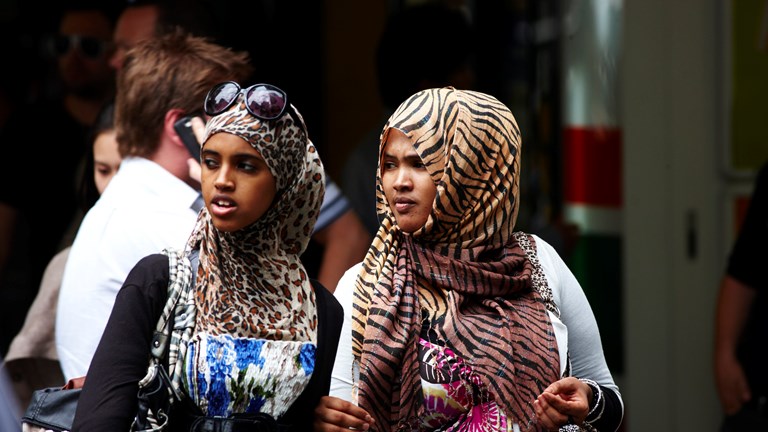
Who fits in? Who doesn’t? And who gets to decide?
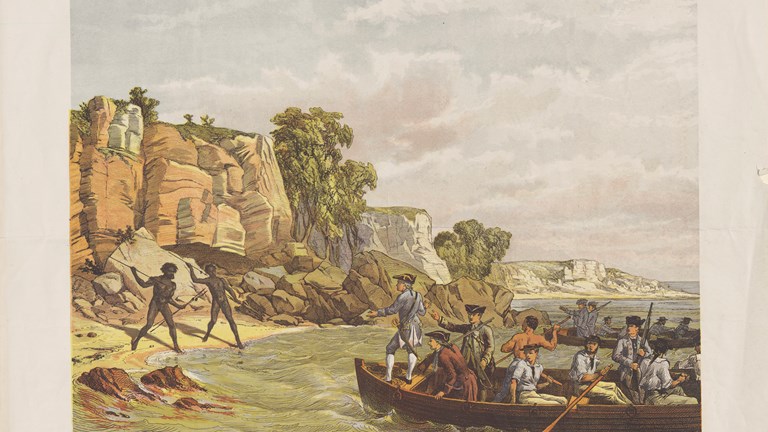
This timeline traces how prejudice has affected who we are, how we govern and what we believe.
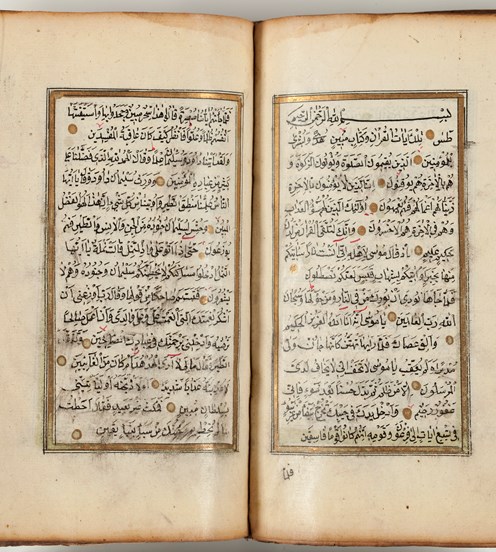
Over 150 objects are included in the exhibition. Popular culture, racist and anti-racist ephemera, religious and sporting items, Aboriginal historical and contemporary cultural material, and an eclectic mix of artworks are combined and interpreted creatively to challenge visitors beyond conventional stories of migration.
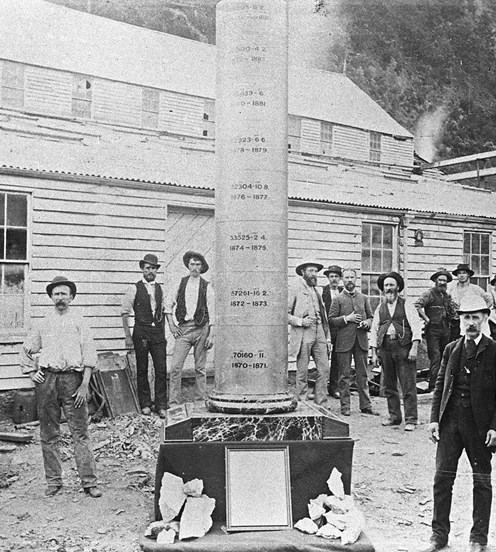
This timeline provides a brief overview of key moments in Victoria's immigration history by highlighting significant policy and social developments, shifts in population and demographics, and the impact of immigration upon Indigenous Australians.
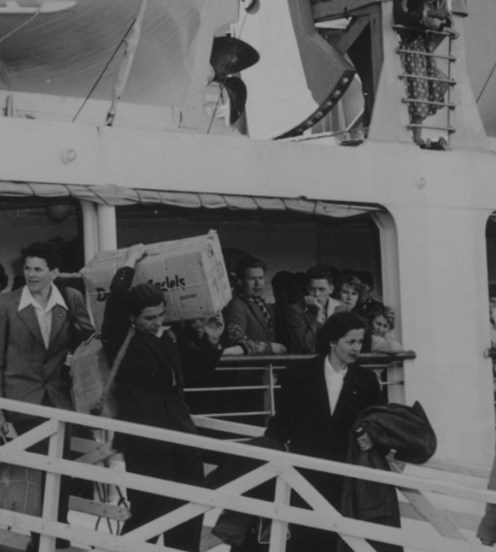
What are your origins? Where have Victorians come from? Why did they come?
Origins is based on government census information gathered in Victoria since 1854. Origins contains information about Victorian communities from 85 countries of origin selected on the basis of population size.
We are making improvements to our website and would love to hear from you about your experience. Our survey takes around 10 minutes and you can enter the draw to win a $100 gift voucher at our online store!
Museums Victoria acknowledges the Wurundjeri Woi Wurrung and Boon Wurrung Bunurong peoples of the eastern Kulin Nations where we work, and First Peoples across Victoria and Australia.
First Peoples are advised that this site may contain voices, images, and names of people now passed and content of cultural significance.